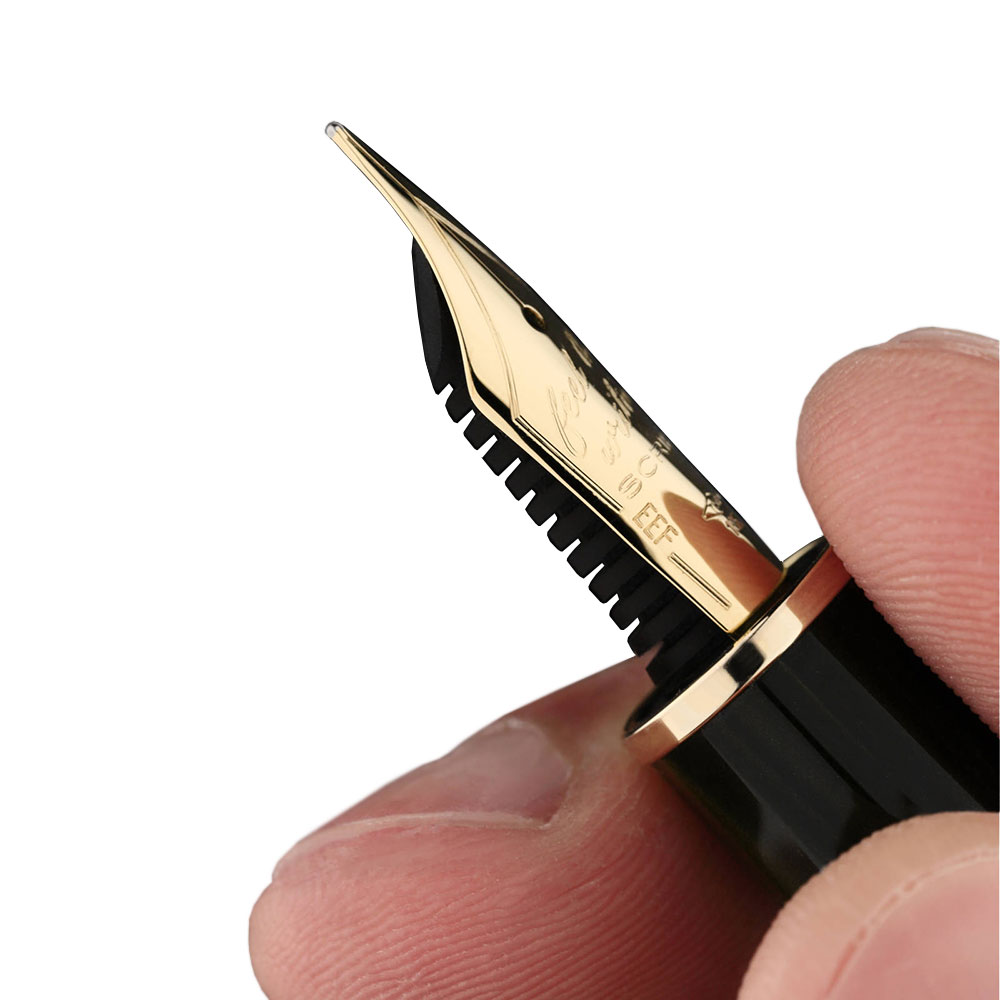Maki-e just like art, goes beyond the picture and really plucks at the mind in regards to symbolism. In this series of forthcoming articles, we will be dipping our toes into some of the significant meanings of popular themes that can be found on maki-e pens. The intention being, just a brief fly-on-the-wall look at what your pen or upcoming purchase may hold.
In today’s article, we explore some of the symbolistic elements of the Nakaya Ascending dragon in Gin Bokashi. But in reality, this symbolism is as relevant to your Namiki, Dani Trio, Styloart, Taccia or any other company that’s producing dragon-themed pens.

Dragons hold immense cultural significance in Japanese culture, playing a prominent role in mythology, folklore, and artistic representations. Known as “ryū” in Japanese, dragons are revered creatures that embody power, wisdom, and good fortune. Their cultural significance can be traced back centuries and continues to influence various aspects of Japanese society.
In Japanese mythology, dragons are considered divine beings associated with natural forces and the elements, such as Water, Fire, Earth and Air. They are believed to reside in water bodies such as oceans, rivers, and lakes. The dragon’s ability to control water and rainfall makes it a symbol of fertility and agricultural prosperity, crucial aspects in an agrarian society like ancient Japan. I’ll explore the other elemental descriptions in another video.
Dragons are also closely linked to the emperor and imperial family, representing their authority and lineage. In Japanese folklore, the legendary first emperor, Emperor Jimmu, was said to be the descendant of a dragon deity. As a result, dragons became a symbol of the emperor’s legitimacy and imperial power.

Artistically, dragons are a recurring motif in Japanese traditional arts and crafts. They are depicted in various forms, from intricate woodblock prints to detailed paintings, sculptures, and even on traditional garments like kimonos. These representations often emphasize the dragon’s majestic appearance, with long serpentine bodies, sharp claws, and fierce expressions.
Moreover, dragons are featured in numerous festivals and celebrations throughout Japan. One such example is the renowned Dragon Boat Festival, where people gather to participate in dragon boat races and pay homage to the dragon’s protective and auspicious qualities.
Fast forward to today, dragons continue to capture the imagination of the Japanese people and fans of Asian culture around the world. They are often portrayed in manga, anime, and video games, contributing to the popular culture and entertainment industry. The enduring appeal of dragons in Japanese society reflects the nation’s deep-rooted appreciation for mythical creatures and the enduring values they represent.
Overall, the cultural significance of dragons in Japanese culture encompasses notions of power, prosperity, protection, and imperial lineage. Dragons remain a captivating and integral part of Japan’s rich folklore, art, and collective imagination.
Condividi:
- Click to share on X (Opens in new window) X
- Click to share on Facebook (Opens in new window) Facebook
- Click to share on WhatsApp (Opens in new window) WhatsApp
- Click to share on LinkedIn (Opens in new window) LinkedIn
- Click to share on Pinterest (Opens in new window) Pinterest
- Click to share on Telegram (Opens in new window) Telegram
- Click to email a link to a friend (Opens in new window) Email




Leave a Reply